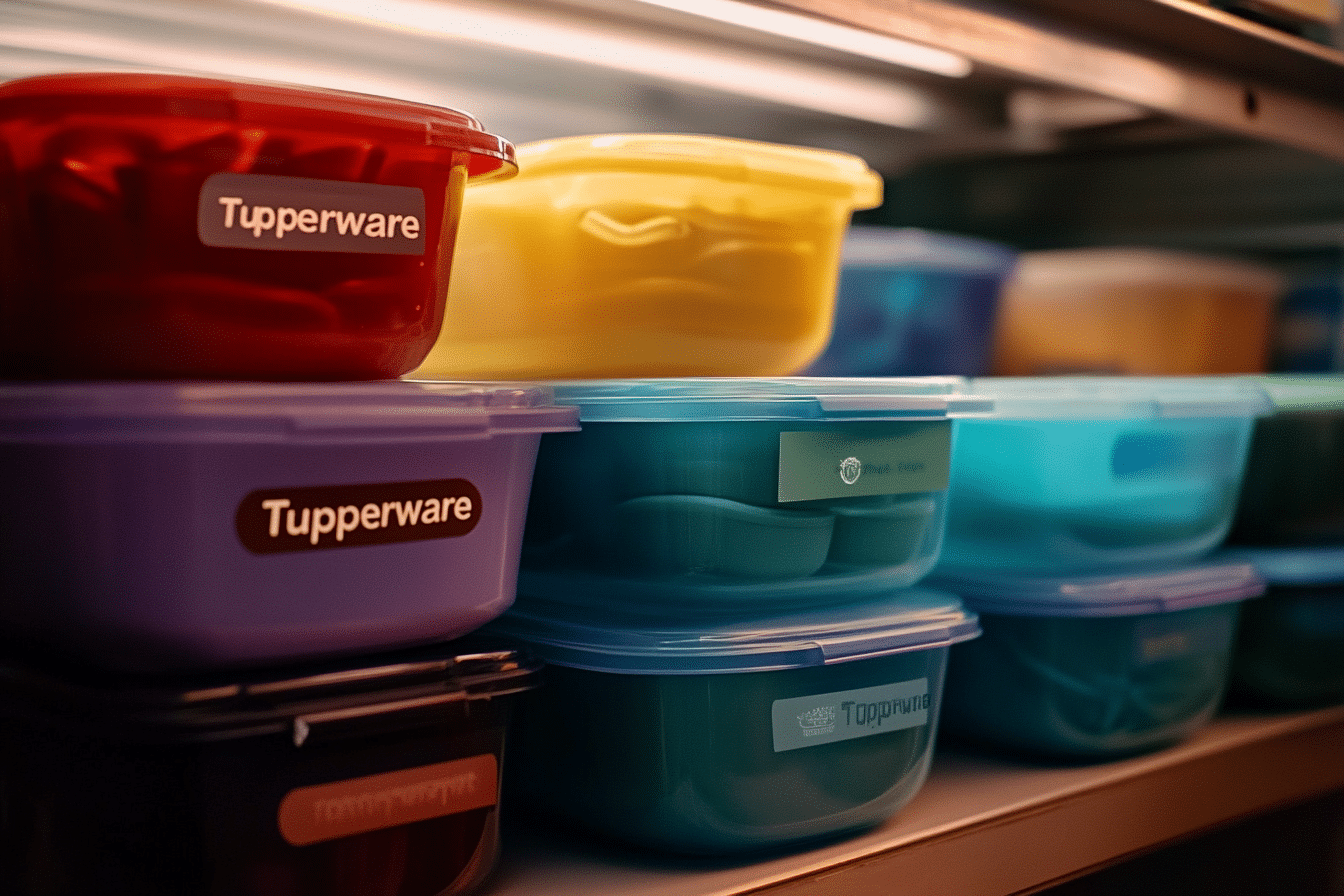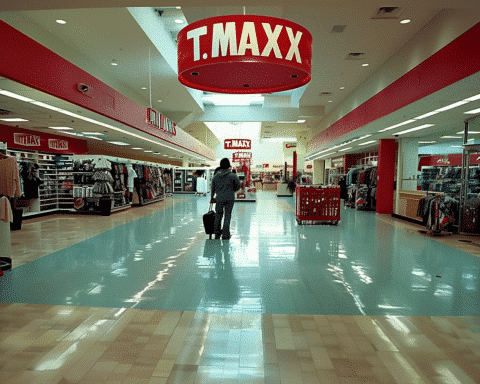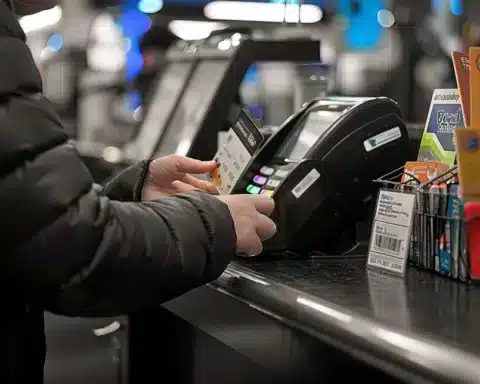Tupperware, the iconic U.S. brand synonymous with food storage, has filed for bankruptcy after decades of serving households with its innovative containers. Despite attempts to revitalize its image, the company has struggled to compete in a rapidly changing market, leading to significant financial troubles. While the brand still seeks court permission to continue operations and potentially sell the business, its future remains uncertain.
The Rise of Tupperware: From Innovation to a Household Name
Founded in 1946 by Earl Tupper, Tupperware was a groundbreaking invention that helped families store food more efficiently using its patented airtight seal. At the time, refrigerators were too expensive for many households, making Tupperware containers invaluable. However, the brand did not take off immediately until Brownie Wise, a pioneering saleswoman, introduced the concept of “Tupperware parties.” This innovative sales technique saw women selling the containers directly to other women in their homes, turning Tupperware into a household name.
“Brownie Wise transformed Tupperware into a cultural phenomenon through her sales strategies, empowering women in the process,” said Tupperware’s marketing team.
The Decline: Shifts in Consumer Behavior
Although Tupperware enjoyed decades of success, recent years have been tough for the company. The pandemic briefly reignited sales as people cooked at home more often, but this resurgence was short-lived. Rising raw material costs, wages, and transportation expenses severely impacted profit margins. Furthermore, changes in consumer behavior, particularly the growing preference for environmentally friendly alternatives, contributed to Tupperware’s decline.
“The party has been over for some time for Tupperware,” said Susannah Streeter, head of money and markets at Hargreaves Lansdown. “Shifts in buyer behavior pushed its containers out of fashion, as consumers have started to wean themselves off addictions to plastics and find more environmentally conscious ways of storing food.”
Financial Struggles and Bankruptcy Filing
Last year, Tupperware warned that it could face bankruptcy unless it raised new funds quickly. Unfortunately, this warning became a reality as the company recently announced its filing for bankruptcy protection. Tupperware’s CEO, Laurie Ann Goldman, expressed the impact of external challenges on the company’s performance. “Over the last several years, the company’s financial position has been severely impacted by the challenging macroeconomic environment,” Goldman said to investors.
In addition to market changes, Tupperware faced internal issues. The company’s misreporting of financial results in 2021 and 2022 led to further complications, compounding its economic struggles. As a result, Tupperware’s shares have plummeted by more than 50% in recent days.
The Uncertain Future of Tupperware
Despite its current troubles, Tupperware remains hopeful that it can continue operating. The company plans to ask the court for permission to sell the business while keeping operations running. The brand is still sold in 70 countries, and its legacy remains as a food storage innovator.
While Tupperware may no longer hold the status it once had, its contribution to household convenience and food storage innovation will not be forgotten. Whether the brand can survive and adapt in the face of growing challenges remains to be seen.
Tupperware’s bankruptcy marks the end of an era for a brand that revolutionized food storage for millions of households. Although the company faces immense challenges, its legacy as a pioneering force in the industry will endure. As Tupperware navigates its financial woes, the brand’s future hangs in the balance.




